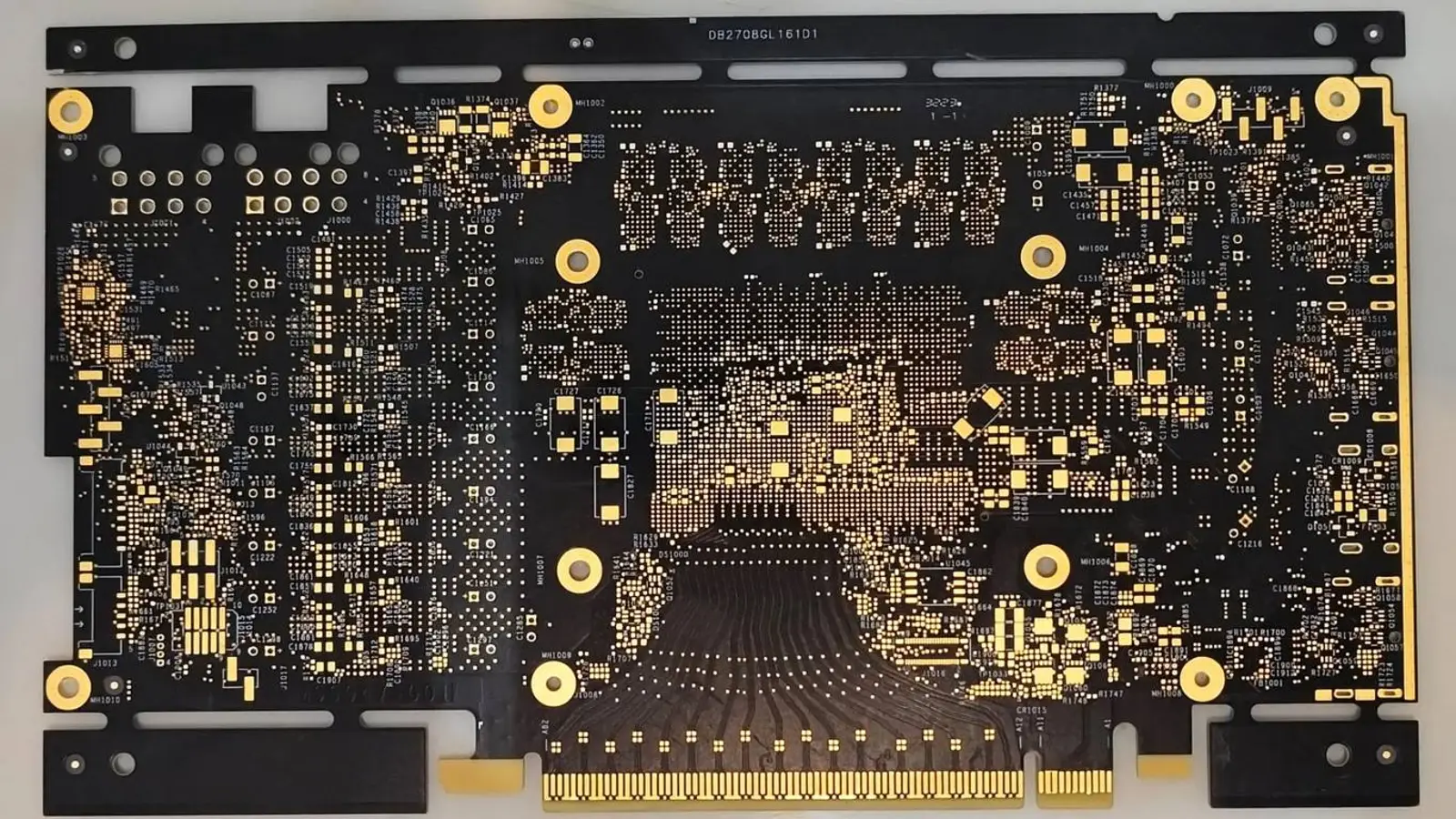Inside Intel's scrapped Battlemage: BMG-G10 PCB, 40 Xe cores, 192-bit bus, Adamantine cache
Wccftech reveals Intel Battlemage BMG-G10 PCB: 192-bit GDDR6, up to 40 Xe cores, planned 512 MB Adamantine cache, plus hints of Arc B770 and Xe3P roadmap.
Wccftech reveals Intel Battlemage BMG-G10 PCB: 192-bit GDDR6, up to 40 Xe cores, planned 512 MB Adamantine cache, plus hints of Arc B770 and Xe3P roadmap.

© Wccftech
Tech outlet Wccftech has published new details on Intel’s high-performance Battlemage graphics cards. These boards were reportedly intended to headline the Arc lineup but were scrapped amid budget constraints and leadership reshuffles. A recently surfaced photo of a prototype PCB offers a rare look at ambitious projects that never reached the market.
Judging by the image, the board targets a GPU notably larger than today’s Arc B580 and B570 models based on the BMG-G21 die. It features six spots for GDDR6 chips, pointing to a 192-bit memory bus, along with two 8-pin power connectors and a robust VRM—clear signs of a top-tier design meant to outmuscle current B-series cards.
According to the source, the PCB was built for the BMG-G10 chip, planned in two versions: BMG-G10 X3 with 28 Xe cores and BMG-G10 X4 with 40 Xe cores. For context, the current Arc B580 flagship carries just 20 Xe cores—roughly half as many—hinting at a substantial leap in throughput and a likely surge in performance.
Another planned highlight was Adamantine, a 3D-stacked cache reminiscent of Intel’s server-grade solutions. It was expected to provide up to 512 MB of additional cache, a change that could have meaningfully boosted gaming performance. The same idea was slated for Arrow Lake Halo, a high-performance hybrid processor with powerful integrated graphics that was later canceled as well.
Even so, sources indicate Intel hasn’t stepped away from discrete graphics. Work is said to continue on a more advanced Battlemage GPU, tentatively called Arc B770, and the company is preparing to integrate the new Xe3P architecture into the Nova Lake lineup. The signal is hard to miss: Intel still aims to challenge NVIDIA and AMD in the discrete GPU arena.